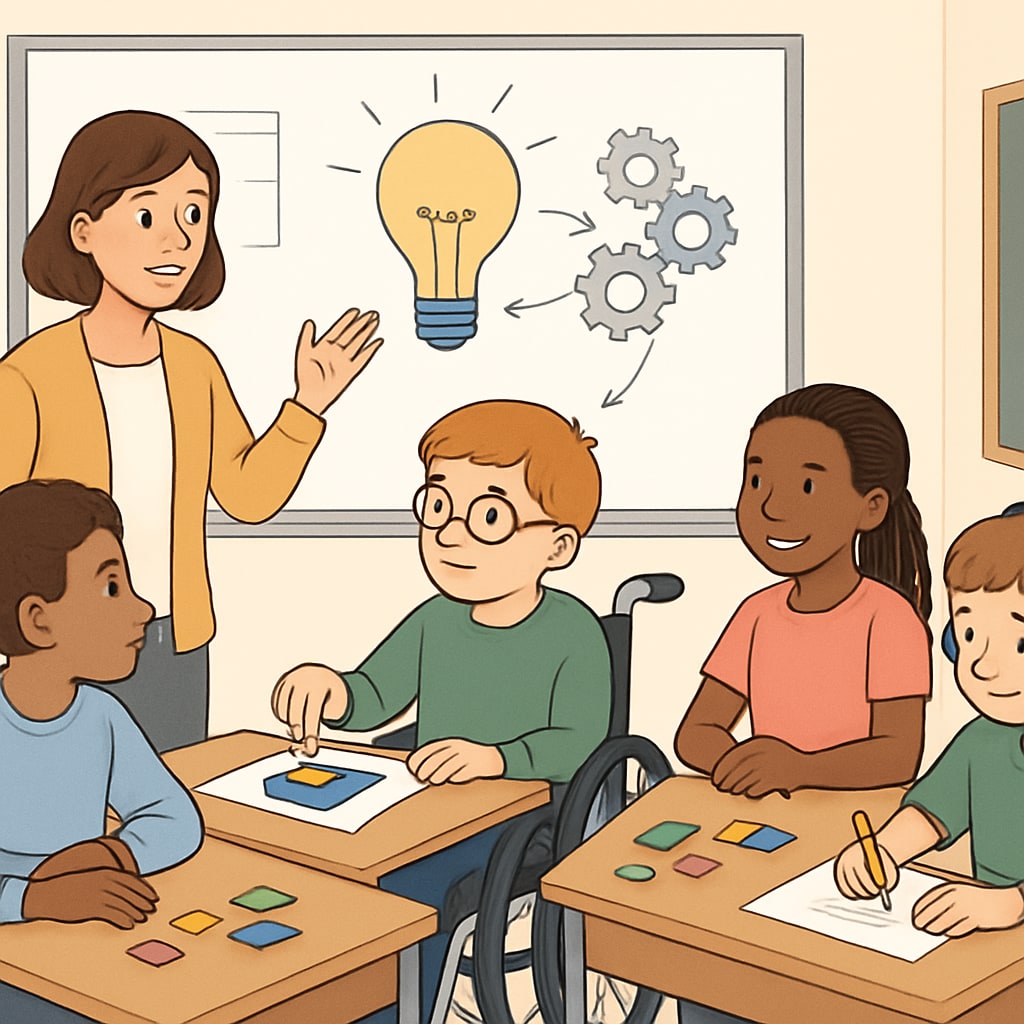Gifted education programs are designed to nurture exceptional talents, yet they often fail to identify students with ADHD (Attention Deficit Hyperactivity Disorder) who possess high potential. This disconnect stems from an over-reliance on standardized testing, which inadequately assesses the unique capabilities of neurodiverse learners. As a result, many ADHD students are excluded from programs that could unlock their potential and positively shape their future. Addressing these systemic gaps requires a comprehensive reevaluation of how we define and assess giftedness.
Why ADHD Students Are Overlooked in Gifted Education
ADHD students often exhibit traits such as creativity, problem-solving skills, and hyperfocus on specific interests—qualities that align closely with giftedness. However, their challenges with attention regulation and executive functioning can interfere with standardized testing performance, which remains a cornerstone of gifted program assessments. In many cases, these tests prioritize speed, accuracy, and memorization over creative thinking and unconventional problem-solving, effectively sidelining neurodiverse talents.
Furthermore, biases in the traditional education system exacerbate this exclusion. Teachers and administrators may misinterpret ADHD behaviors as disruptive or underachieving, rather than recognizing underlying potential. As a result, ADHD students are often labeled as “challenging” rather than “gifted.”

Standardized Testing: A Flawed Metric for Giftedness
Standardized testing has long been criticized for its inability to capture the full spectrum of intellectual abilities. For ADHD students, these tests pose additional barriers. Their performance may fluctuate based on external factors such as classroom environment, test anxiety, or medication schedules. Moreover, ADHD students often excel in areas not measured by standardized tests, such as divergent thinking, artistic expression, or innovative approaches to challenges.
Experts argue that alternative assessment methods, such as portfolio evaluations, teacher nominations, and dynamic testing, could better identify ADHD students’ strengths. These methods focus on holistic development and allow educators to see beyond test scores.

Creating Inclusive Gifted Education Programs
To bridge the gap, schools must adopt inclusive practices that recognize the diverse manifestations of giftedness. This includes revising identification criteria to account for neurodiversity and providing professional development for educators to better understand ADHD behaviors and strengths. For example:
- Implement multifaceted assessment tools, such as observational methods, creativity tests, and student interviews.
- Offer specialized training for teachers to recognize latent potential in neurodiverse students.
- Provide accommodations tailored to ADHD students’ needs, such as flexible deadlines, quiet spaces, and individualized learning plans.
In addition, fostering an inclusive classroom environment can help ADHD students thrive. Strategies such as collaborative projects, hands-on activities, and interdisciplinary learning opportunities allow these students to showcase their abilities in ways that standardized tests fail to capture.
The Broader Impact of Inclusive Gifted Education
Recognizing ADHD students in gifted education programs benefits not just the students themselves but also the broader educational system. These students bring unique perspectives and innovative solutions to problems, enriching collaborative learning environments. Moreover, inclusive practices contribute to a more equitable education system, ensuring that all students—regardless of neurodiversity—have access to opportunities that nurture their strengths.
As society becomes increasingly aware of neurodiversity, schools and educators must adapt to meet the needs of all learners. By expanding the definition of giftedness and embracing inclusive evaluation methods, we can ensure that no student is left behind. The future of education depends on recognizing and fostering the talents of every individual, including those who think differently.
Readability guidance: This article uses concise paragraphs, clear transitions, and accessible language to maximize engagement. Lists and examples are included to clarify key points, and images are strategically placed to enhance the reader’s understanding.


